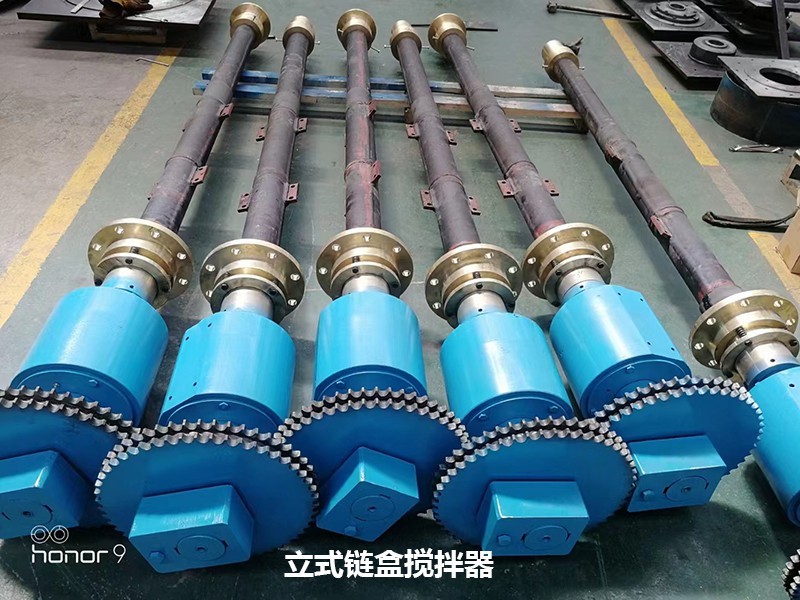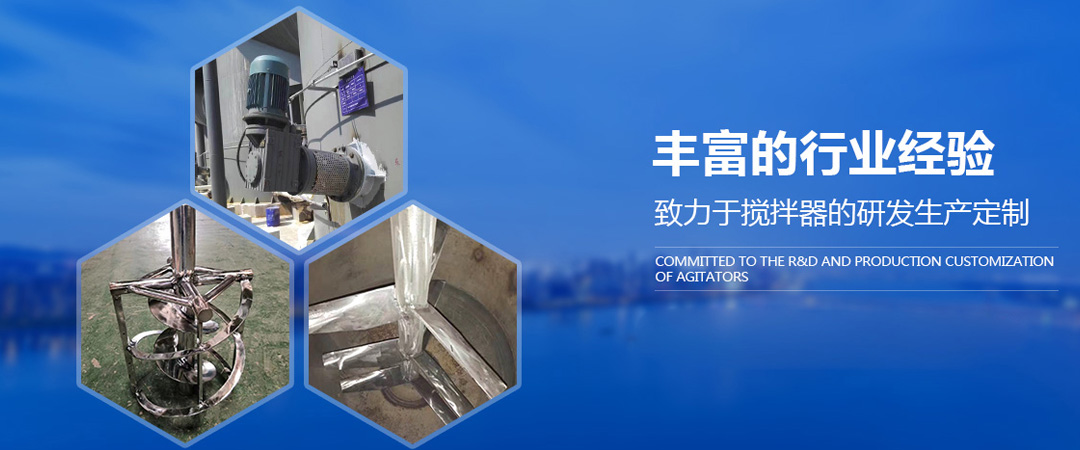China Vertical mixer manufacturer
The installation direction of the vertical mixer impeller is crucial for the mixing effect. The following is a detailed explanation of the installation direction compiled by China vertical mixer manufacturer:
1. The relationship between impeller type and installation direction
1. Propelled impeller:(1) Installation direction: Generally, the blades of the propeller impeller should be installed along the rotation direction of the mixing shaft, that is, the bending direction of the blades should be consistent with the rotation direction of the mixing shaft.
(2) Function: This installation method helps to generate axial flow, pushing the material to move along the mixing shaft direction, and is suitable for mixing occasions that require a large amount of axial circulation.
2. Turbocharged impeller:
(1) Installation direction: There are various installation directions for the blades of turbine impellers, but it is common for the blades to be installed perpendicular or at a certain angle to the mixing shaft to generate radial and tangential flow.
(2) Function: This installation method helps materials form complex flow patterns in the mixing tank, improves mixing efficiency, and is suitable for situations that require high shear forces and strong mixing.
3. Anchor or frame impeller:
(1) Installation direction: Anchor or frame impellers are usually installed tightly against the inner wall of the mixing tank, and the blade direction should be coordinated with the rotation direction of the mixing shaft to scrape the tank wall and promote material circulation.
(2) Function: This installation method helps prevent material from depositing on the tank wall, improve mixing efficiency, and is suitable for mixing high viscosity materials.

2. The influence of installation direction on mixing effect
1. Flow mode: The installation direction of the impeller directly affects the flow mode inside the mixing tank. The correct installation direction can generate the required axial, radial, or tangential flow, thereby improving the mixing effect.2. Shear force: The installation direction of the impeller also affects the magnitude and distribution of shear force. In certain situations that require high shear forces, such as emulsification, dispersion, etc., the correct installation direction is crucial.
3. Energy consumption: Unreasonable installation direction may lead to increased energy consumption, as the impeller needs to overcome greater resistance to generate the required flow.
3. Method for determining installation direction
1. Refer to the manufacturer's guide:Most vertical mixer manufacturers provide detailed installation guidelines, including the installation direction of the impeller. Before installation, carefully read and follow these guidelines.
2. Conduct simulations or experiments:
For complex mixing systems or special mixing requirements, the optimal impeller installation direction can be determined through computer simulation or actual experiments.
3. Consider material characteristics:
The viscosity, density, flowability, and other characteristics of the material can also affect the installation direction of the impeller. When choosing the installation direction, these factors should be fully considered.
The above content covers the installation direction and key points of common impellers for vertical mixers. If you have any questions about the installation of specific types of impellers or would like to know the debugging methods after installation, please feel free to communicate with me at any time.


